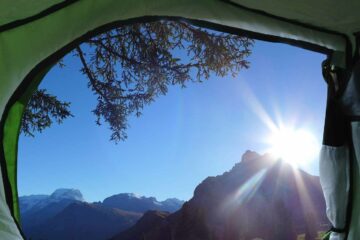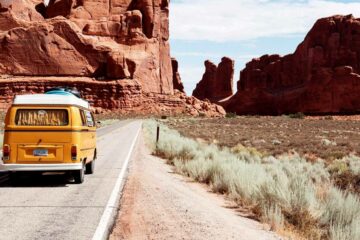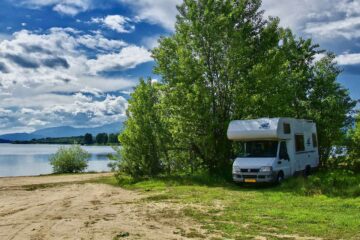There are a lot of spots to witness the greatness and miracle of the stars. Celestial experiences and stargazing trips are an incredible way of investigating normal peculiarities in the night sky. Regardless of whether you’re arranging around a super moon or a meteor shower. I actually recall my absolute first experience stargazing in Olympic National Park. From the rear of a pickup truck manoeuvred into a remote parking garage.
Enveloped with a comfortable cover, I watched in sheer amazement. As the sky detonated with a large number of shining stars. From that point forward, I have investigated the night sky in many spots all throughout the planet. Beneath, track down my beloved stargazing fundamentals to bring along to make those evenings agreeable, safe, and vital.
1. Telescope
While a few stars, meteors, heavenly bodies, and surprisingly the Milky Way can be seen by the unaided eye on a dim crisp evening. A telescope takes the experience up an indent by offering you a chance to see a large number of divine articles without any problem.
Colston’s AstroMaster 130EQ telescope is ideal for stargazing novices. With a 130mm objective focal point, two eyepieces (20mm and 10mm) and a movement stand. It’s perfect for nature trips! And is an extraordinary piece of glass that is not difficult to set up and use.
Another choice is the Starsense Explorer DX 102AZ Smartphone application empowered refractor telescope. This utilizes your cell phone to break down star designs overhead and ascertain their situation progressively.
2. Sleeping bag and tent
One of my cherished stargazing trips was seeing the Milky Way from my tent in Great Sand Dunes National Park. Which is one of the numerous dull sky areas in the U.S. If you love resting under the stars as well, a lightweight tent and open to camping cot are an absolute necessity.
REI Co-operation’s Half Dome SL two-man tent has network boards in the upper part of the tent. This deals with clear perspectives on the sky. While The North Face’s One Bag has a three-in-one framework that can be adapted to any sort of environment. It has a shading coded framework and zipper that can change over from a slender external layer sack in summer to a twofold layer one for colder temperatures.
3. Blanket
Rather than sitting in a lawn seat or camp seat where you need to extend your neck up for quite a long time to watch the stars, a more agreeable choice is to fan out a warm, delicate cover. This Lumberlander Camp Blanket from Duluth Trading Company will assist you with settling in on the ground or even on the rear of your vehicle or pickup truck. For a water-safe choice to hold the clamminess of the ground back from leaking in as the night continues, REI’s Camp Blanket works impeccably.
4. Fuel and hydration
Those of us who have pulled dusk ’til dawn affair knows the significance of caffeine and hydration for remaining alert. This is significantly more significant in case you are going through a night outside of stargazing. Truth be told, the Milky Way is generally noticeable from 3 a.m. to dawn in the mid-year months and from late evening to expedite hours throughout the fall.
InstaFuel tea, espresso latte, and matcha powders from Laird Superfood—tasted from a movement espresso cup or protected jug like Yeti’s 46-ounce Rambler—are kind with the-go choices for a late-night caffeine fix.



0 Comments